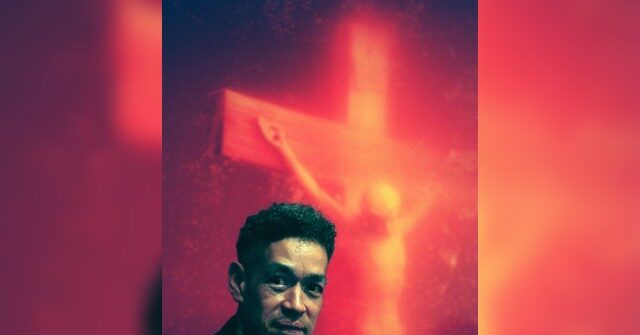I think that for many of us, maturing as photographers, understanding our medium, and having a better sense of what we want to say leads with a certain inevitability to settling with the 50mm (or equivalent in whatever format). This has been the case for me; I've realized that the most significant characteristic of photography is its ability to describe, fully and accurately, to say hey, look at this! I want my attempts to describe to be as uninflected as possible, without the distortions of more extreme lenses. I don't use anything wider than 35mm or longer than 75mm, and these lengths are only to allow me to crop; otherwise, the 50mm stays on. The 35 and the 75 are still, essentially, "invisible" and "uninflected".
To open another can of worms, I now shoot in color for the same reasons. It describes more fully, without the abstraction of B&W. I can show more and tell more.
Personal taste, of course. YMMV, as it should!





